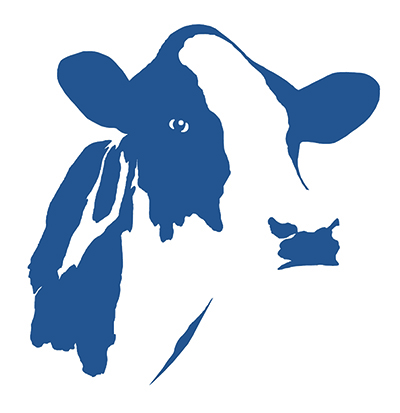
Herds to eradicate BVD by 2022 thanks to 20 years of industry focus
MILTON KEYNES, UK, September 23, 2019 – Over two decades of industry focus on BVD has led to 90% of Scottish breeding holdings having a negative BVD status, and over 30 precent of English cattle breeding herds signing up to the BVDFree scheme. Over 7,000 herds in Wales have been screened for BVD through the Gwaredu BVD eradication scheme.
This comes at a time when BVDFree England has set a disease eradication goal by 2022. This is welcomed by MSD Animal Health, who for the last 20 years has played an important role in protecting herds against this costly disease, with the launch of BOVILIS® BVD in 1999. This has complemented the increased uptake in monitoring via testing, and increased biosecurity by the cattle industry.
Steph Small, dairy veterinary advisor for MSD Animal Health, says in the 1990s there was a limited understanding of the true cost of BVD on British farms.
“Two decades later, we’re getting a better hold on the disease. This is being done through extensive industry focus into preventing BVD spread and most importantly how to eradicate it through vaccination, monitoring, testing and herd management,” says Steph.
BVD could cost farmers up to £552 per cow per year1, and in the past two decades the UK agricultural sector has heavily invested in eradicating the disease.
“In 2010, the Scottish Government launched subsidised BVD screening, which was made mandatory three years later. This led to introducing various control measures to reduce infection, including a ban on knowingly selling or moving infected herds.
“These successes paved the way for the BVDFree England scheme in 2016, followed by Gwaredu BVD eradication scheme for Welsh farmers the following year.”
BOVILIS BVD boosters are licensed for use safely at any time during pregnancy. It provides foetal protection and offers flexible vaccination schedules that deliver a longer duration of immunity, up to 12 months, once the primary course of vaccination is complete.
“The primary course consists of two vaccinations given four weeks apart to cattle over the age of eight months, to be completed at least four weeks before pregnancy. The first booster is given six months later, then at 12-month intervals,” explains Steph.
“This is also the only BVD vaccine on the market which is licenced to be mixed with an IBR vaccine and given on the same day to allow farmers to conveniently protect herds against these prominent and costly diseases, saving time on-farm.
“With a target from BVDFree England for disease eradication by 2022, the past couple of decades have demonstrated that the industry is moving in the right direction, with BOVILIS BVD playing a pivotal role for all herds to be BVD free in the next three years.”
Holstein UK E-Newsletters
| View previous Holstein UK E-Newsletters |
|---|
| 2023 |
| 2022 |
| 2021 |
| 2020 |
| 2019 |
| 2018 |
| Sign up to receive e-newsletters from Holstein UK
|
Do you have any news?
Let us know if you have something to share
Club News
